Here’s what the Minimalist poetry form is:
Minimalist poetry is an artistic movement without clear origins.
Minimalist poetry may have been influenced by other more traditional poetry forms such as the Japanese haiku and concrete poetry amongst others.
So if you want to learn all about the Minimalist poetry type, then you’ve come to the right place.
Read on!
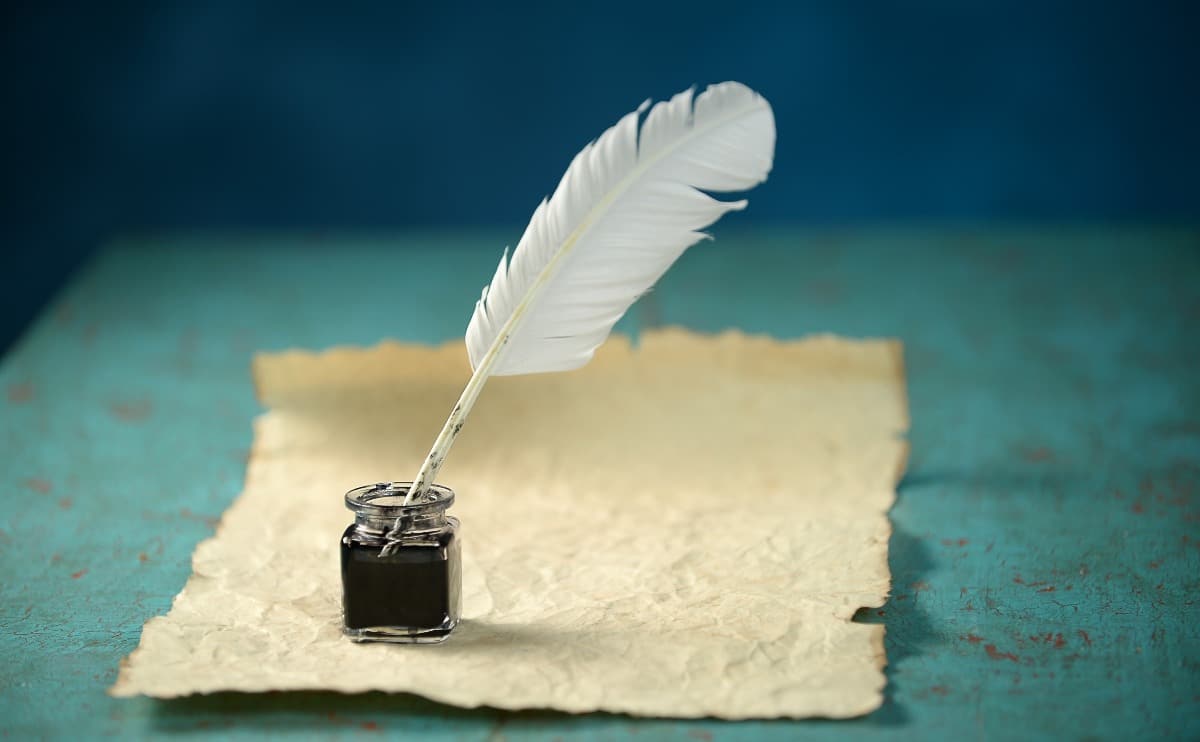
Types of Poetry: Minimalism

Minimalism is an artistic movement that swept through every medium in the last third of the 20th century and still has advocates to this day.
Stylistically, minimalism is exactly what it sounds like: Focusing on the bare minimum.
This movement is unique in that it affected painting, sculpting, architecture, and literature on a scale that similar movements normally don’t reach.
Whereas many movements are restricted chiefly to one discipline or to a handful of interrelated art forms, minimalism managed to reach into everything from cinema to fashion.
This is predominantly due to the natural simplicity of the movement’s ideal.
Everything about minimalism can be defined by the phrase “less is more” so it is easy to imagine how it should translate to various forms of art.
Poetic minimalism, for its part, has continued to experience pockets of popularity into the modern day.
Basic Properties of Minimalist Poetry
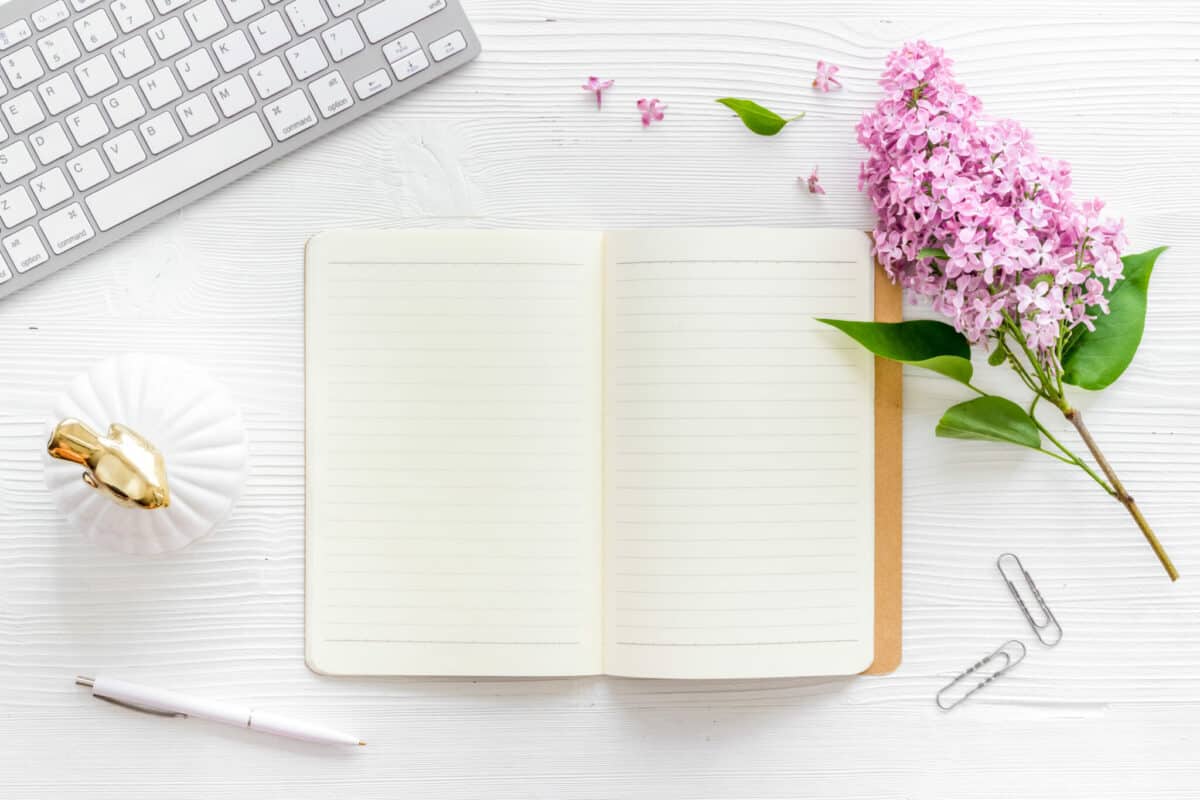
| Rhyme Structure | Usually internal rhymes |
| Meter | None |
| Origin | Unknown |
| Popularity | Still popular today but swept through every medium in the last third of the 20th century |
| Theme | Varies |
What Are the Key Features of Minimalism?
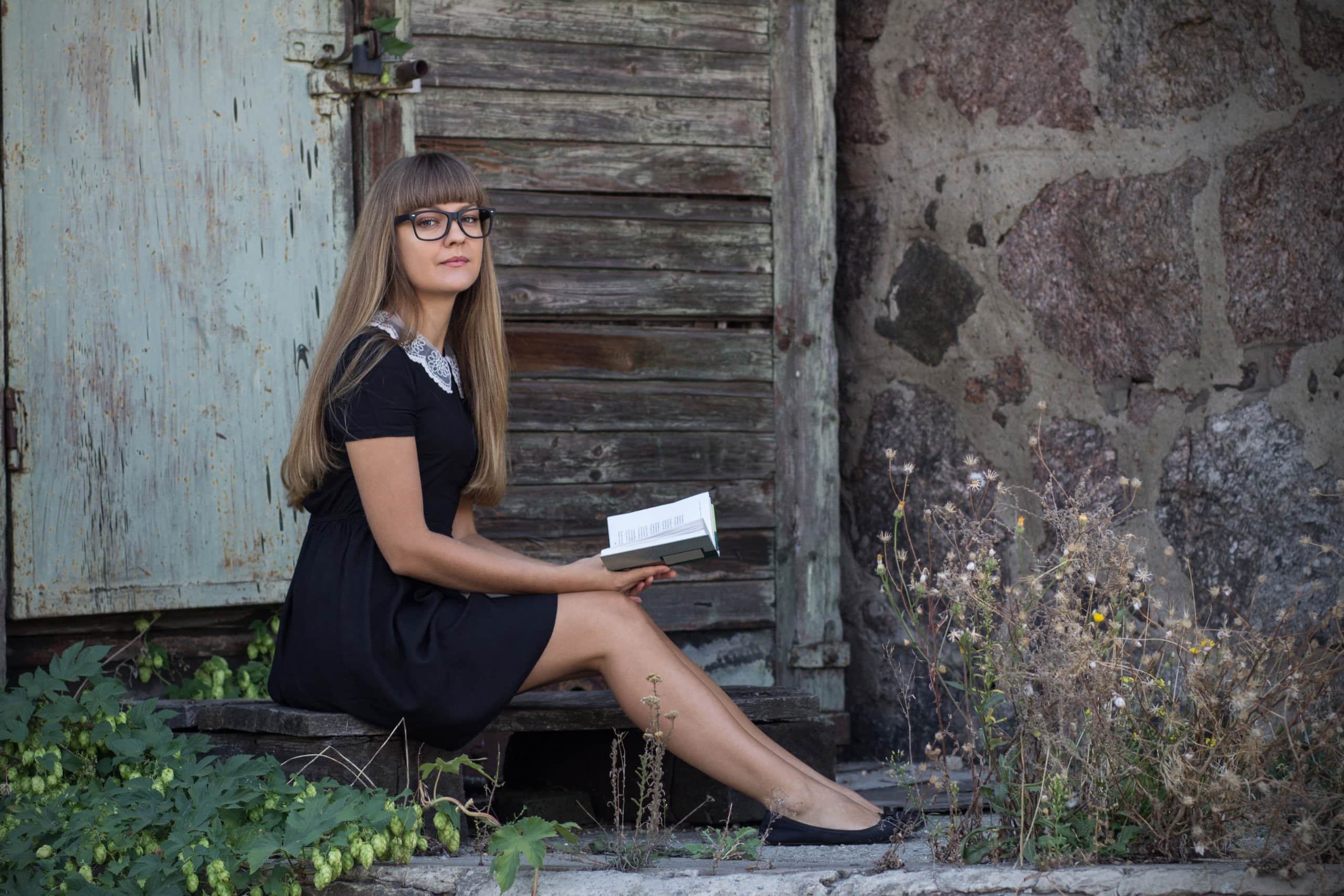
The most defining feature of minimalism is actually its lack of features, in a sense.
A poem influenced by minimalism will attempt to be as short as possible with as little punctuation and narrative as possible.
This can be taken to the logical extreme, as with one-word poems of the 1960s, or it can be more broadly applied to the notion of concision.
Modern minimalism usually seeks to ask: How simple can it be before it loses impact and meaning?
Minimalists will sometimes utilize changes in font, spacing, or creative use of white space to achieve more impact with fewer words.
The movement spread concurrently with the spread of concrete poetry, so there has been some notable overlap between these two types of poetry.
The extent that a poem has to go to in order to be considered ‘minimalist’ depends on the interpreter.
Some might point to the new wave of minimalism popularized by writers like Rupi Kaur, which utilizes short lines and a lack of punctuation to draw focus to the words and nothing but the words.
Others might argue that true minimalism is only achieved when a poem is much shorter than even Kaur’s works and that it must have absolutely zero ‘waste’ to approach a truly minimalist form.
These are ultimately just subgenres of the greater style, though.
It’s safer to approach minimalism by saying that the intent to provide as much meaning as possible in as short a poem as possible is the core defining feature of minimalism.
Example of a Minimalist Poem

I see a tree
where woods
meet streets
It grows slow
Often overlooked
The above poem attempts to capture the observation and feeling of a single moment as concisely as possible, with a mere 13 words.
Note that the poem lacks any punctuation, using capitalization as a stand-in for where the lines would normally divide.
This particular poem uses alliteration, assonance, and multiple internal rhymes, despite having very little real estate in which to include them.
While uncommon, this attention to technique allows the poem to showcase that the writer does have the capacity for more technical poetry and has consciously chosen to use a minimalist style instead.
Not all minimalist poems concern themselves with even this much, however.
A poem could be as profoundly simple as:
triplets
triplets
triplets
The above poem is more similar to the most extreme interpretations of minimalism.
This is a highly contentious subgenre of art, with some understandably arguing that something so short should not even qualify as a poem.

Counterarguments can be made, boiling down to many of the same arguments used to defend modern art.
The general idea that it is the meaning of the poem that matters, along with how it is communicated, comes to mind.
This is in strict defiance of the high entry barriers and skill qualifiers we normally associate with art, which creates a dissonance that may be satisfying to some and disquieting to others.
If you were to defend the poem, then you might argue that the spacing of the lines might imply an echoing thought, as if a parent is being told that they’re having triplets for the first time and is trying to process it.
Or perhaps similar to the echoing of three voices, characterizing the poem as the voice of the triplets.
But there are a wide number of people, both inside and outside the artistic community.
They would denounce the most extreme levels of minimalism as merely being different for the sake of being different, without contributing anything to the greater discipline.
Which side of the debate you fall on is up to you and this article will not attempt to sway you one way or the other.
History of Minimalism
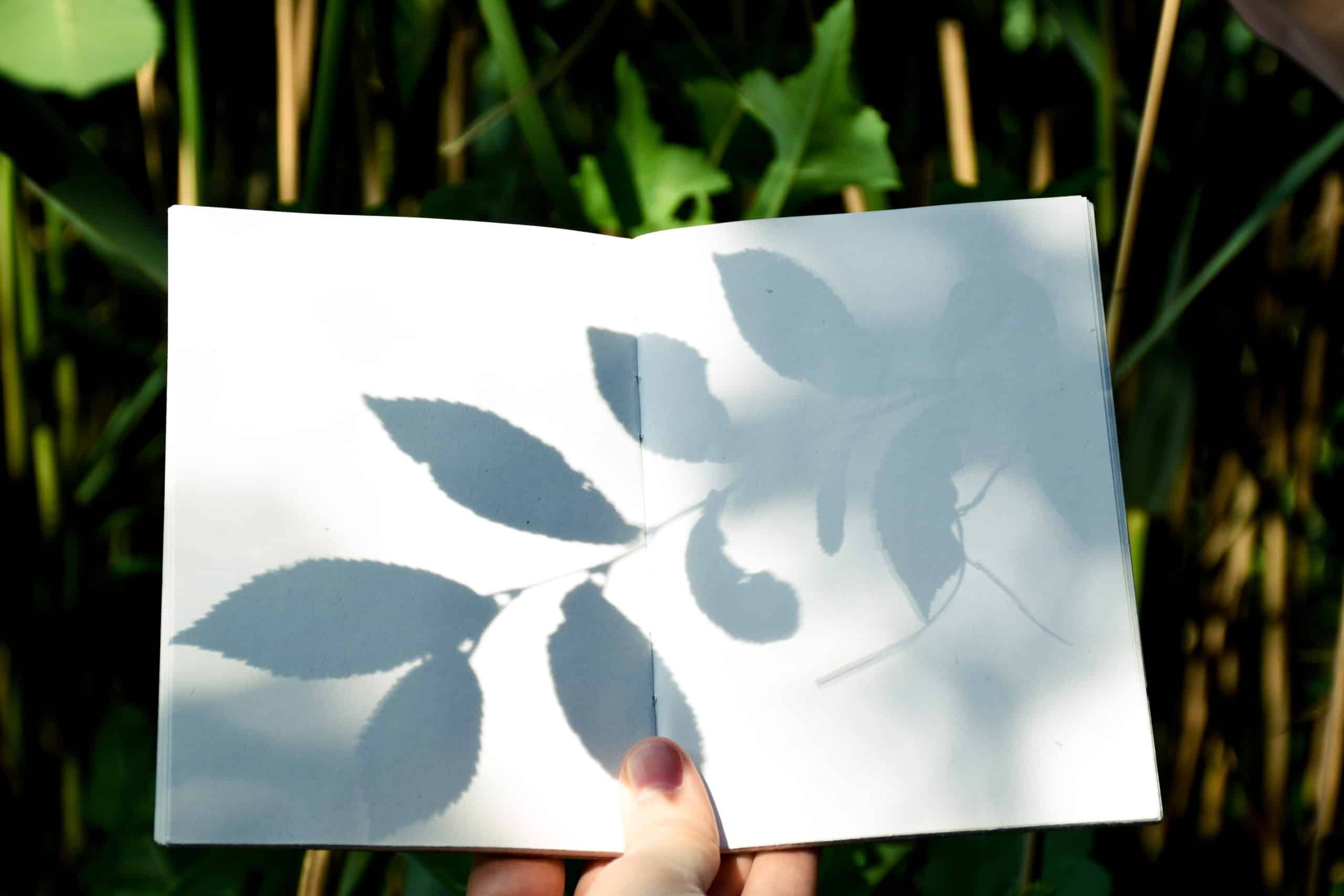
Minimalism mainly began taking form in the 60s and 70s of America.
While it got its start with visual forms, such as painting, it did not take long for the idea of achieving more with less to find widespread appeal in the greater artistic community.
As with most movements, minimalism was a rebellion of sorts.
In this case, it was a rebellion against the seemingly unnecessary abstraction of art.
Like imagism, minimalism sought to reduce art to a simpler and more basic form.
But whereas imagists focus on condensing art down to its core images, minimalism is a more extreme stripping down that seeks to eliminate all excess.
Minimalism in literature was especially noticeable in prose, where works that would normally have pages upon pages of exposition and description would instead be produced almost like news articles, with a concise rundown of the facts that leaves everything else up to the reader’s imagination.
Poetry, uniquely, is often brief already.
There has as such been some debate over what minimalism as a movement truly means to poetry.
Some argue that especially short poems like haikus belong in the broad blanket of minimalism, while still others assert that only a poem written with minimalist intentions can be considered a minimalist poem.
Regardless, the key notion that minimalism is all about stripping away the fat and leaving only the core elements of the art form persists.
Where you draw the line may be subjective, but the general idea of what minimalism stands for can at least be agreed upon, for the most part.
Tips for Writing Minimalist Poetry

Simply try to eliminate as much excess from your poem as possible.
You could even write a normal poem first and then trim it back, paring off chunks until you get to the smallest possible unit of meaning.
Decide what it is that you want to capture and focus on exemplifying that subject as succinctly as you can.
What formatting tricks can you potentially use on the page to avoid wasting more words?
What words can you use to imply meanings instead of outright saying them?
How can you avoid exposition?
Remember also that minimalism, more than many forms of poetry, depends heavily on the reader’s imagination doing the legwork.
While you are expected to come up with the briefest and most exacting form of your poem, it will ultimately be a game of chance that you play with your readers.
They may or may not understand what you were going for, and that’s fine.
What’s important is the earnest attempt.
Poet’s Note
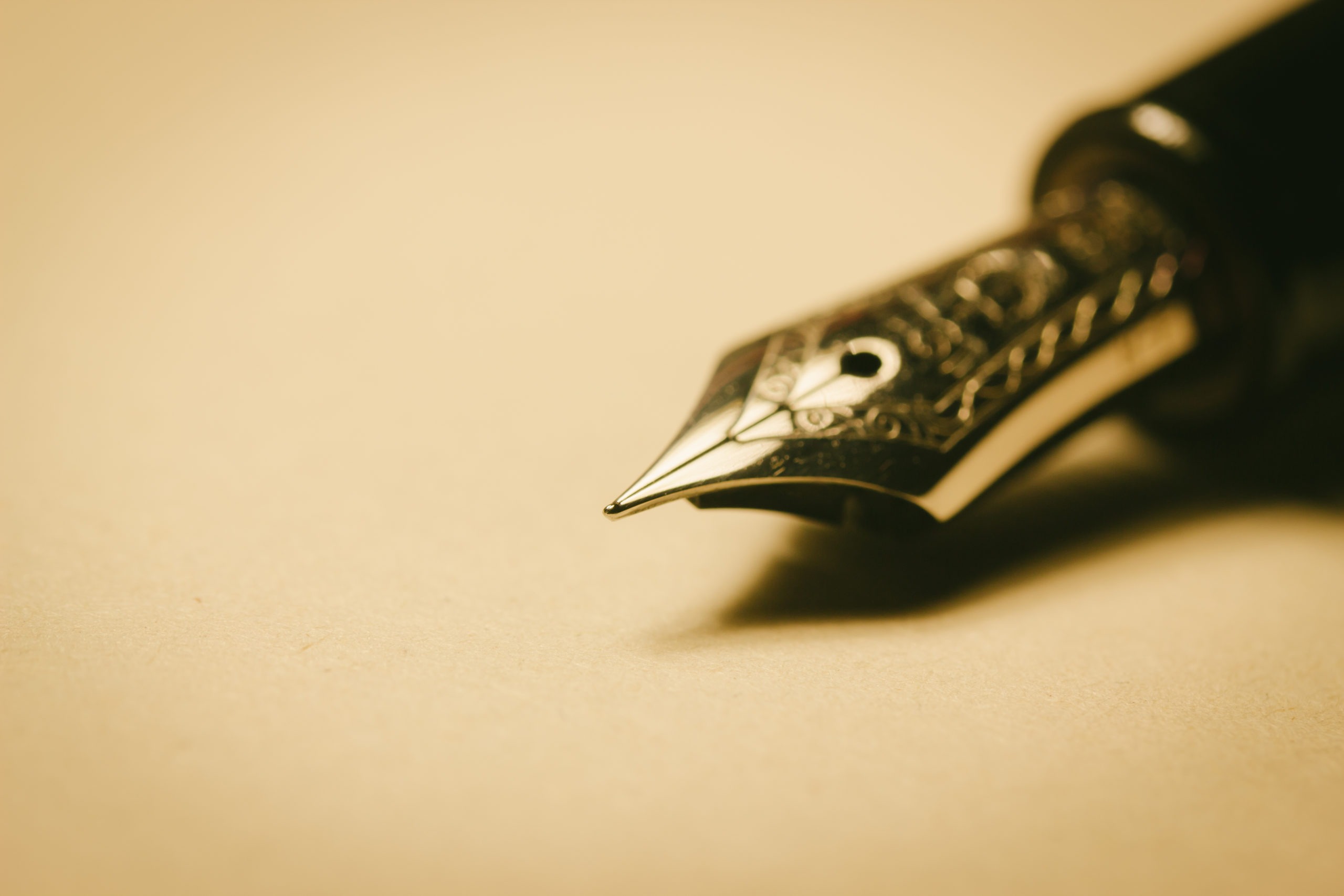
My favorite thing about minimalism is the tension behind it.
You want to present as little as possible, but it can’t just be a blank page.
So there’s this delicate push and pull between putting as little into words as possible while expressing as much as possible. I just think that’s neat.
Comprehensive Collection of Poetry Forms: Craft Words Into Art
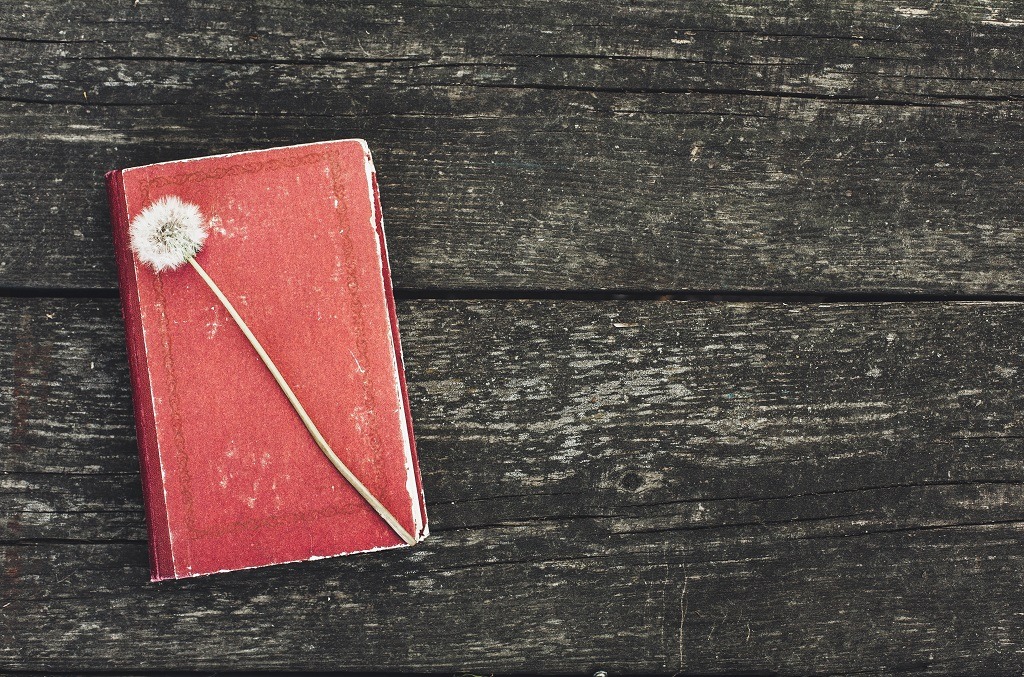
Dare to traverse the entire spectrum of poetic forms, from the commonplace to the extraordinary?
Venture from the quintessential Sonnet to the elusive Mistress Bradstreet stanza, right through to the daunting complexity of Cro Cumaisc Etir Casbairdni Ocus Lethrannaigecht.
For those with a zeal to encounter the full breadth of poetry’s forms, this invitation is yours.
Start exploring the vast universe of poetic ingenuity with our comprehensive array of poetry forms right now!
